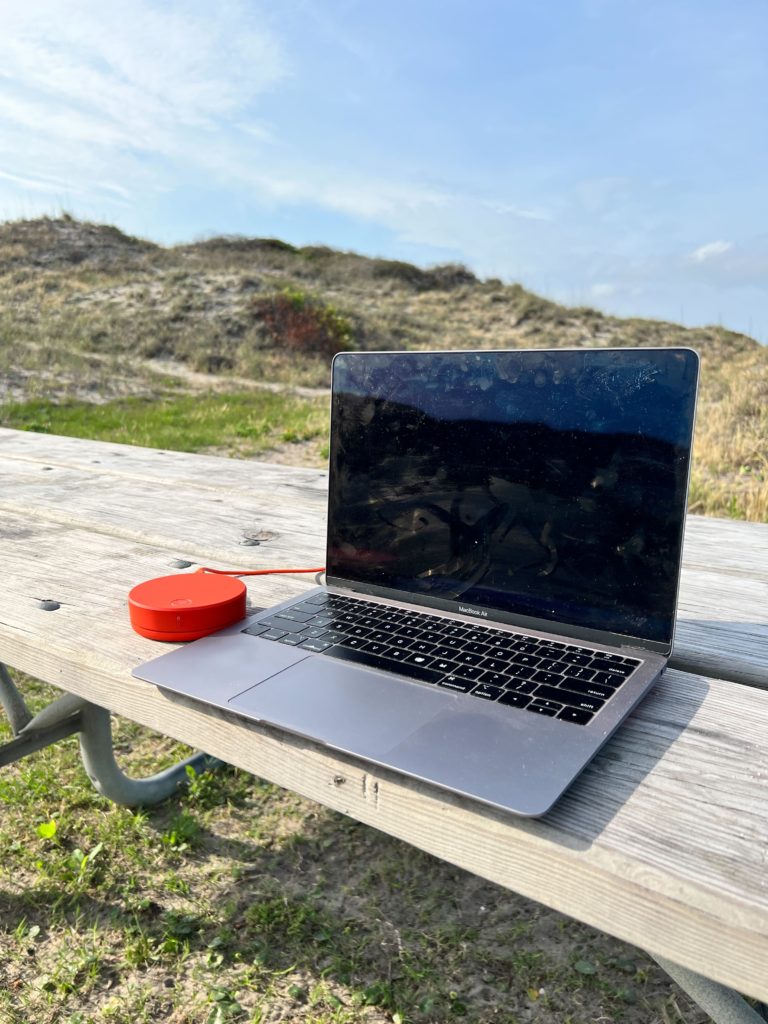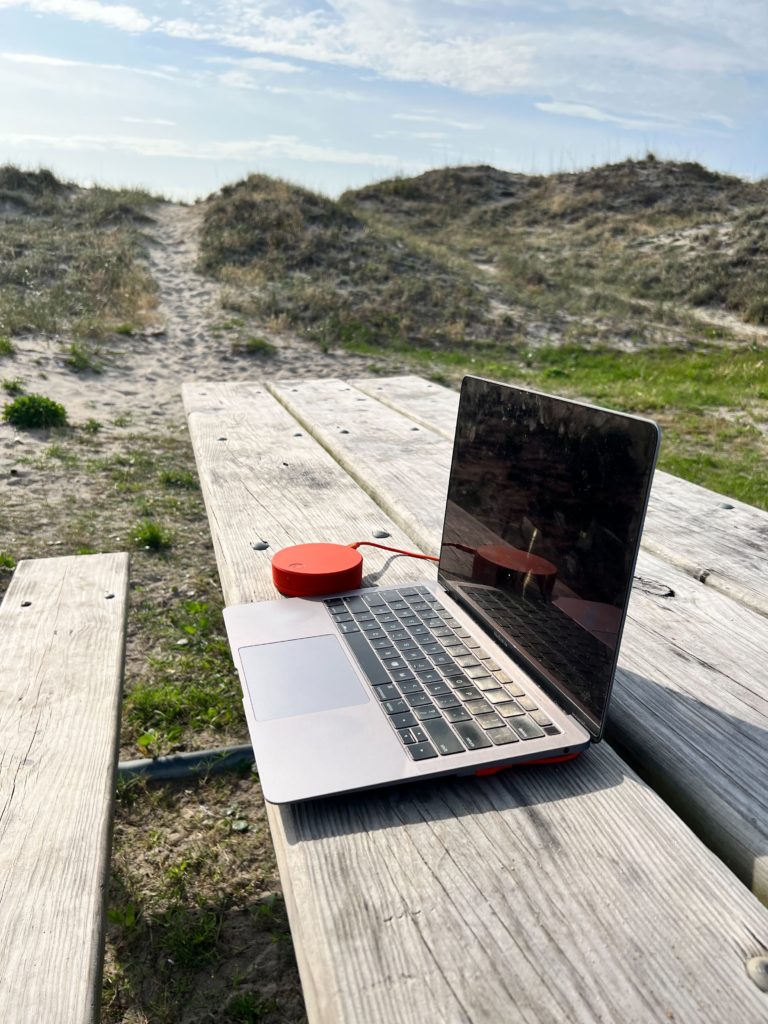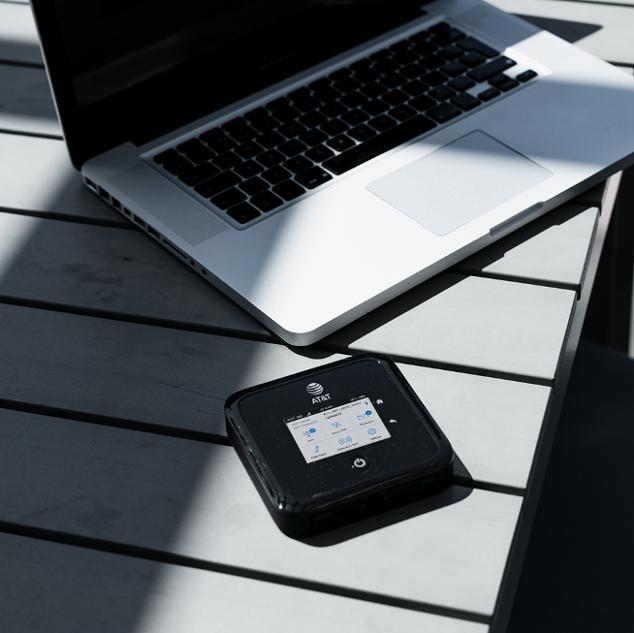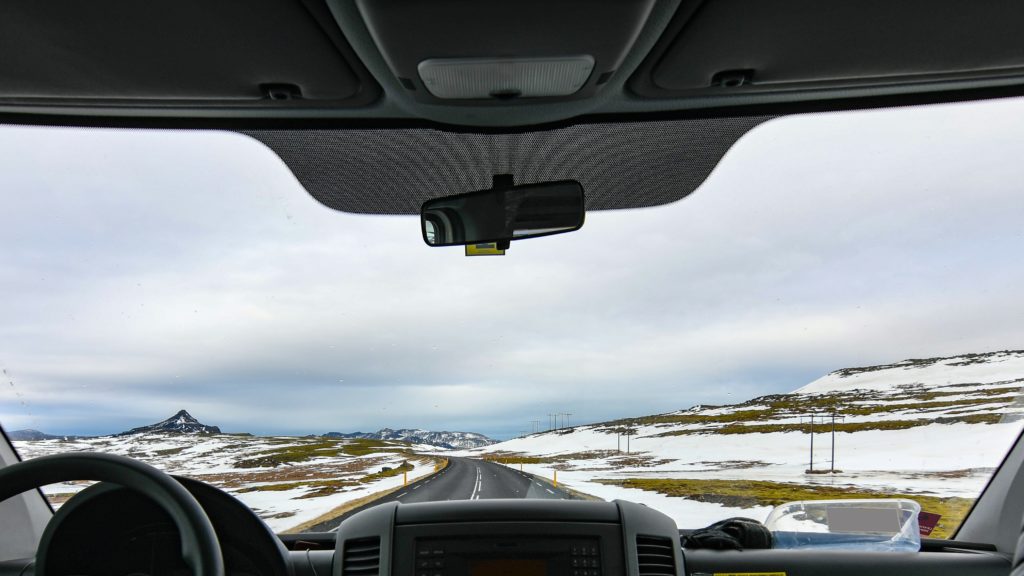Whenever we go abroad, we tend to focus on the positive aspects of our trip – hotel bookings, sightseeing, indulging in local specialties, etc. But there’s one crucial aspect some people tend to overlook – travel insurance for digital nomads.
What Is Travel Insurance For Digital Nomads?
Basically, travel and health insurance for digital nomads protects you from the unexpected especially when you’re in a foreign country. The longer you travel or, the more money you invest in your trip, the more things could go wrong.
Travel insurance helps provide insurance and medical coverage for digital nomads in cases of accidents, injuries, lost belongings, stolen items, trip cancellations, and other emergencies or health-related issues. These types of global health insurance plans from travel insurance providers include medical coverage,
What Are the Different Types of Travel Insurance?
Depending on your digital nomad insurance package, your travel insurance coverage and nomad healthcare plan can include the following:
– Medical or health insurance coverage
– Emergency insurance (dental and medical) and emergency evacuation
– Electronics, baggage, and other personal belongings
– Trip cancellation
– COVID-19 insurance
– Repatriation
– Car rental
– Recreation or adventure travel
Do I Need Travel Insurance?
The answer here mainly depends on the duration of your trip. For short trips, you may not need digital nomad insurance.
However, for long-term travel and expensive vacations, the answer is yes, you do need travel insurance for digital nomad health insurance such as medical expenses, routine check ups emergency evacuation, trip interruption, and even trip cancellation insurance.
I used to believe that insurance for digital nomads is an unnecessary investment and that I could simply take my chances. I felt no need to reach out to any insurance company at that time. I carry only a traveler-friendly credit card (think American Express Gold Card, Chase Sapphire Preferred Card, Chase Sapphire Reserve, Venture Miles Rewards, American Express Platinum Card), which does help as a backup for digital nomads in times of medical emergencies.
But if you’re on a trip for a longer period or more than 100 miles from your home country, it’s best you get travel insurance.
Once, I was in a cafe in Morocco during Ramadan. A waiter accidentally dropped a tray and spilled burning hot tea on my arm.
My wrist burned like never before and shortly after was covered in giant bubble blisters. The cafe owners went to the kitchen, cut a tomato in half, and brought it to my table.
![What Is Travel Insurance? [2022]](https://liveworkanywhere.com/wp-content/uploads/2021/08/travel-insurance-liveworkanywhere-morocco-tomato.jpg)
They also gave me toothpaste to cover my wrist. Yes, they offered me toothpaste and tomato for my burn.
While this combination was unique, it wasn’t entirely effective. If I’d had taken the time to talk to an insurance provider before I left my home country and invested in private health insurance coverage for digital nomads, particularly international medical insurance, I would have been able to get proper treatment.
What Exactly Does Travel Insurance For Digital Nomads Cover?
The Unexpected
Travel insurance for digital nomads protects you in case things go wrong on a trip or long-term travel.
Any travel insurance company or insurance provider with a reputable name offers digital nomad health insurance plans that cover trip cancellation or trip interruption, delays, routine health exams, lost luggage, 24-hour assistance, medical emergencies, and specific medical benefits related to travel.
Often, digital nomads need to cancel their trips due to unforeseen illnesses and injuries that prohibit them from traveling, or family member deaths. Having international health insurance would go a long way in these situations.
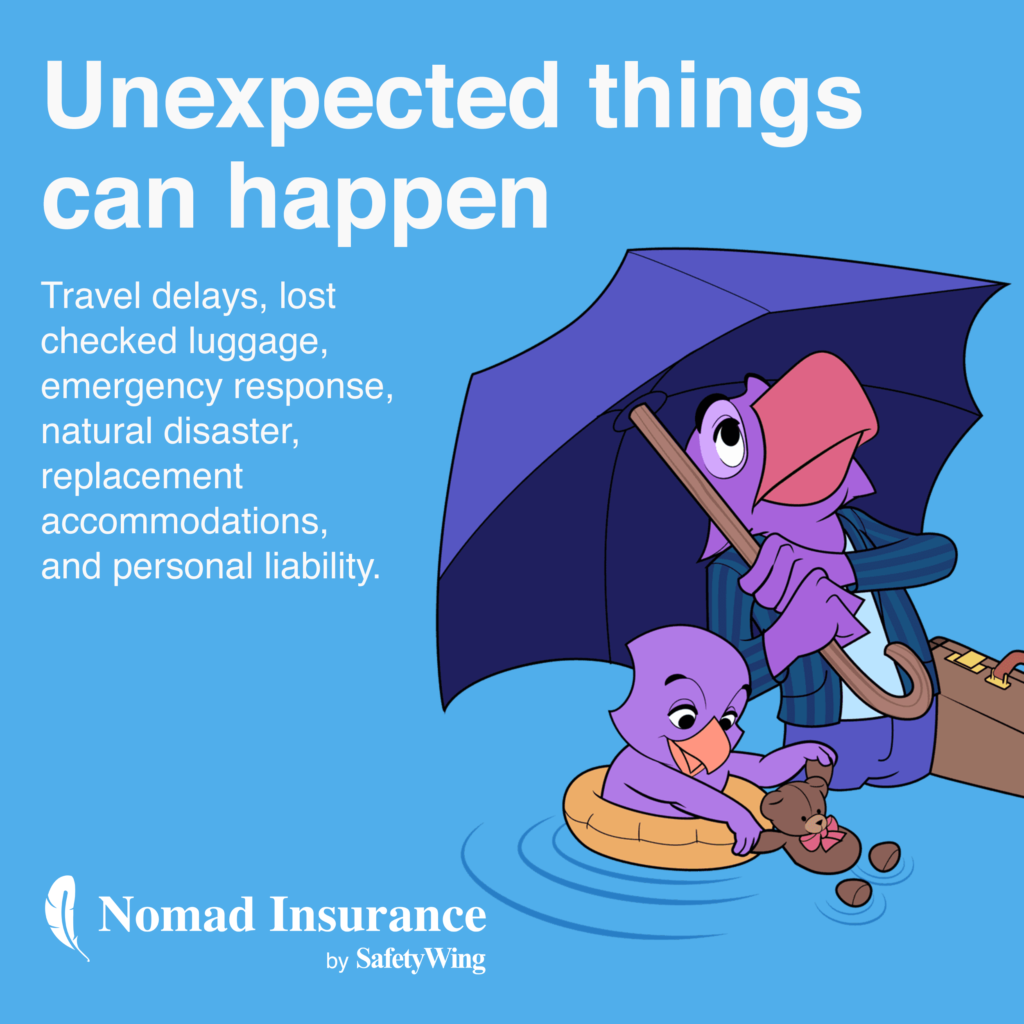
The Medical, Lost Items, and Activities
A general remote health insurance package doesn’t cover adventure travel or additional risk outside of what might be considered standard, lower-risk travel or recreational activities like kayaking. This type of digital nomad insurance also doesn’t generally cover the medical needs linked to pre existing medical conditions and medical bills for ongoing medical care.
Typically, international health insurance companies or travel insurance provider businesses don’t want to cover skydiving, swimming with great white sharks, or volcano tours. Some digital nomad insurance companies and nomad insurance providers will, but you’ll most likely end up paying a premium.
Let’s have a look into the coverage limits and what each travel insurance element offers digital nomads.
Medical / Health Insurance
One of the most common travel insurance categories for digital nomads is travel health insurance.
If you are a remote worker or digital nomad, having a health insurance policy or a more specific digital nomad health insurance in your home country isn’t enough. The longer digital nomads stay away from home, the higher the risk of something going awry.
Here’s a list of what standard medical or health insurance packages from any reputable company cover:
– Hospital stay, including operating room usage
– Physician services
– X-rays, laboratory tests, and similar analysis
– Drugs, anesthetics, medicine, and other therapeutic expenses
– Ambulance ride services
Emergency Medical Assistance
The emergency medical expenses covered in most travel insurance companies’ plans for digital nomads include the costs of any life-threatening treatment you receive locally.
For example:
- Sudden illness, injury, or a medical condition with the potential of causing severe harm
- Dental injury
- Dental infection
- Broken tooth
Dental Insurance
Here’s what standard dental insurance plans cover:
- An unexpected infection
- Broken tooth
- Accidental mouth or jaw injury
![What Is Travel Insurance? [2022]](https://liveworkanywhere.com/wp-content/uploads/2021/07/Dental-Insurance-1024x684.jpg)
Pandemic-Related Travel (COVID-19)
You may have suffered the misfortune of being mid-travel when the world went into lockdown in 2020.
Prior to traveling, ensure that you are vaccinated and check the following sites:
- List of COVID-19 precautions per country to get information on testing, quarantine, vaccine requirements, transportation, travel waivers, curfews, and exit/entry requirements:
- https://travel.state.gov/content/travel/en/traveladvisories/COVID-19-Country-Specific-Information.html
- List of current travel advisories to see if the country you’re considering visiting is listed: https://travel.state.gov/content/travel/en/traveladvisories/traveladvisories.html/
- Updated travel map of varying risks of COVID across the globe by the CDC: https://www.cdc.gov/coronavirus/2019-ncov/travelers/map-and-travel-notices.html
In the event of a pandemic, travel medical insurance coverage may include the following:
- Emergency medical insurance
- Emergency medical evacuation
- Trip delays or interruptions if contracting COVID-19
Some travel medical insurance packages can also include:
- Flight, hotel, and excursion trip cancellations are covered by your Travel Protection Plan
This type of coverage is possible if you’re diagnosed with COVID-19 before the scheduled departure, and the doctor has advised you to stay home.
Trip Cancellation
The best digital nomad insurance plans will offer to reimburse you for non-refundable, prepaid expenses if you need to cancel your trip before departure. Some common reasons include injury, sickness, or a family member or companion’s death.
Luggage/Baggage & Personal Belongings
Insured nomads and long term travelers enjoy travel insurance packages that include baggage insurance and help and reimbursement with the following:
- Lost, stolen, or accidentally damaged belongings on your trip
- Lost, stolen, or accidentally damaged checked-in baggage or sporting equipment by the common carrier
- Stolen or damaged travel visa, driver’s license, birth certificate, or passport
Accidental Death and Dismemberment
Nobody wants to think about this happening, but you will want to be covered if it does.
The way it works is you name a beneficiary, and that person will receive benefits in the unlikely event of your death or a dismembering injury during your travels.
There are different types of AD&D coverage:
- Flight Accident – This insurance is only valid if the incident happens on board
- Common Carrier – This package covers incidents that occur on trains, airplanes, or cruise ships
- 24-Hour – This is the most comprehensive package that covers you during the whole duration of the trip, regardless of whether you’re on a common carrier or not
Evacuation
Evacuation covers transportation to a medical facility for medical care.
Repatriation
Repatriation covers your return home expenses for medical care.
24-Hour Assistance
Travel insurance companies provide 24-hour assistance when you need help, such as booking a flight after a missed connection, locating lost luggage, or finding a doctor.
Some insurance companies will also offer concierge services for reservations as well as help seeking legal counsel.
I Have Medical Insurance in My Home Country. Does My Health Insurance Cover Me While Abroad?
Being covered by your medical plan in your home country does not mean that you will be covered under your policy while you are away. Things like routine checkups, pre existing conditions, or non-emergencies are not covered.
That doesn’t mean you can’t get dental work at a local dentist, prescriptions, or general health checkups. Many countries have low-cost medical care, and you don’t need insurance at all.
Often, the out-of-pocket cost can be less than what you’d spend at home. I’ve had dental work in several countries, and the most I’ve spent was 50 USD.
However, as remote work continues to trend upward and more and more people choose to travel and work remotely, finding the best digital nomad insurance is a must.
Also, the unexpected can happen, like COVID, and you don’t want to be stuck without coverage, particularly for emergency assistance, medical evacuation, sky-high hospital bills and other medical bills, cancellation coverage, urgent need for medical facilities, and even lost baggage concerns.
The tomato and toothpaste combo in Morocco didn’t take away the burn or prevent scarring (just in case you wanted to try it).
Now, when I jumped off a platform into Victoria Falls Gorge in Zimbabwe attached by a rope swing, travel insurance may not have covered me had the rope swing broken, which leads me to …
![What Is Travel Insurance? [2022]](https://liveworkanywhere.com/wp-content/uploads/2021/08/gorge-swing-victoria-falls-liveworkanywhere-bday-trifecta.jpg)
What’s Not Covered by Travel Insurance?
Standard travel insurance packages and insurance service may not cover the following instances:
- Pre existing conditions
- Non-emergency treatments or surgeries, including routine physical examination expenses
- Pregnancy or childbirth, with the exception of pregnancy complications
- Any medical expenses after your return to the US, or home country coverage (depending on the digital nomad insurance plan)
- Expenses surpassing the usual and reasonable charges
- Expenses your regular medical insurance covers at no cost, for a deductible, or a co-pay
- Everything from the “Limitations and Exclusions” policy section.
As for dental insurance, most plans won’t include:
- Standard checkups
- Teeth straightening
- New teeth and fillings that may come as a result of pain-relieving treatment
- Significant dental work including crowns, implants, and similar
- Purchasing the policy after the initial pain
- Non-urgent care
The luggage insurance doesn’t cover:
- Unsupervised baggage
While being insured nomads is a step closer to ensuring your safety, it’s realistic to keep in mind that the insurance company won’t cover everything.
There’s a certain expectation of personal responsibility even for insured nomads. If you leave your bags unattended, you are taking an unnecessary risk.
You’ll need to report the matter to the local authorities immediately and submit proof of receipt that the items are yours, along with evidence of the value. The insurance company will factor in depreciation.
The more documentation and receipts you have, reporting promptly, the better your chances of the claim process going smoothly.
If something was lost on a plane, for example, you’ll also need to show proof that you sought compensation through the airline.
FAQ About Travel Insurance
Do I Have to Buy My Plan Before I Leave?
Technically, you can get a travel insurance plan after the official beginning of your trip.
You are free to choose the dates of your insurance policy, and those dates can only cover a certain period of your stay.
However, if you want to have common carrier insurance or be covered for the whole duration of your trip, you should buy your plan before you leave.
When Do I Need to Buy My Travel Insurance?
I guess you want to purchase a quality travel insurance plan but also save where you can.
If so, it’s best to get travel insurance within the first two weeks of making your first deposit for the trip. You’ll often qualify for bonus coverages for purchasing the insurance at this time.
Note that most insurance companies will let you purchase your package up until the day of your departure.
Is Travel Insurance Retroactive?
No, travel insurance is never retroactive. This means you can’t get reimbursed for the expenses that happened before your policy went into effect.
Will My Rental Car Be Covered?
Generally, you purchase protection for rental car damage through the rental car company (e.g., Hertz, Sixt, Avis).
Also, you can buy it through your credit card (e.g., Chase Sapphire Preferred Card, Chase Sapphire Reserve, United Explorer Card).
Travel Insurance Can Be Worth the Investment
Whether you’re planning to work abroad or simply travel for an extended time period, becoming insured nomads is an essential step to ensuring your safety.
As Medicare doesn’t cover medical expenses outside of the US, getting a travel insurance package is your only way of avoiding unexpected health and other emergency costs when abroad.
Get a Travel Insurance Quote


